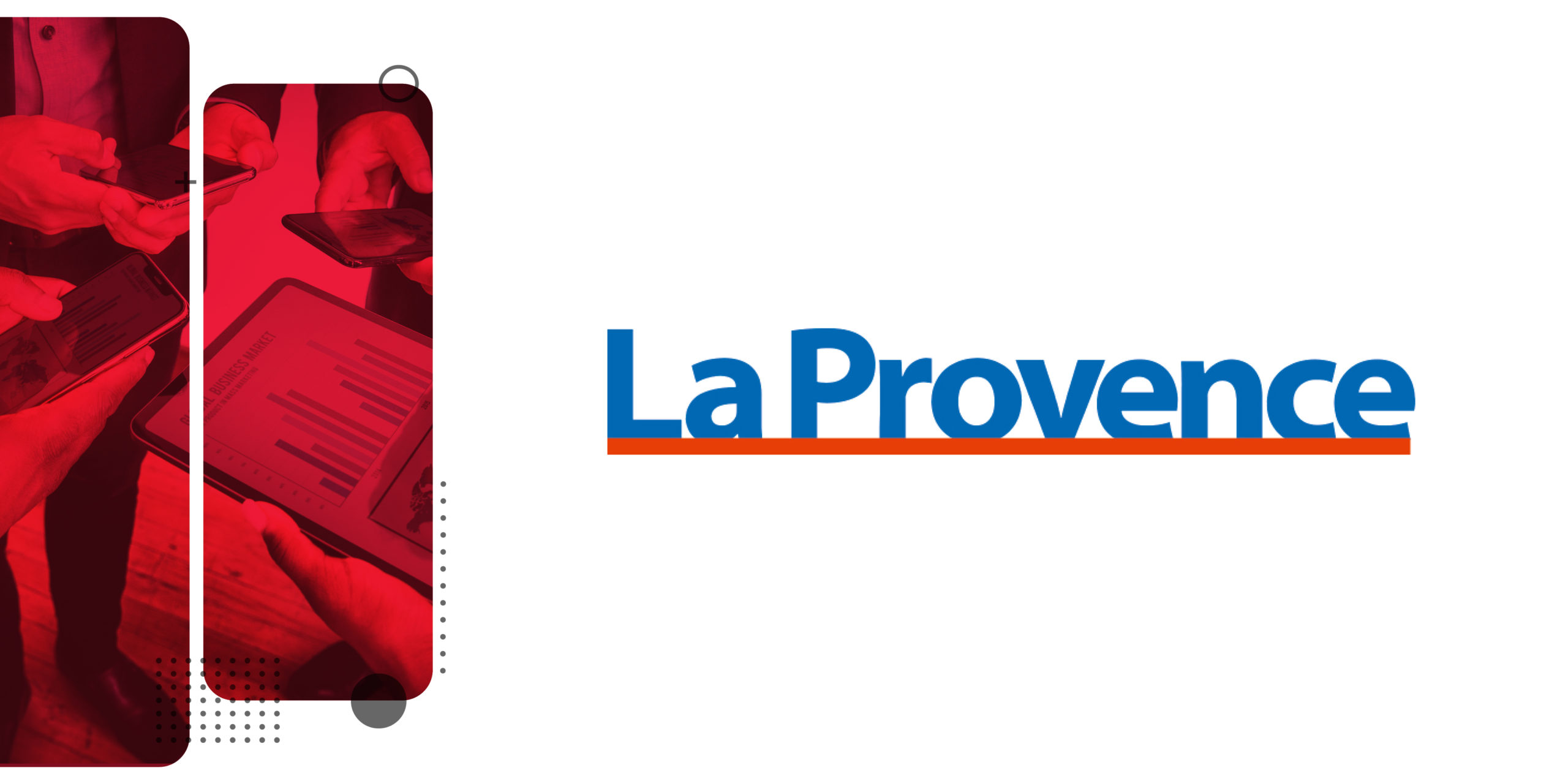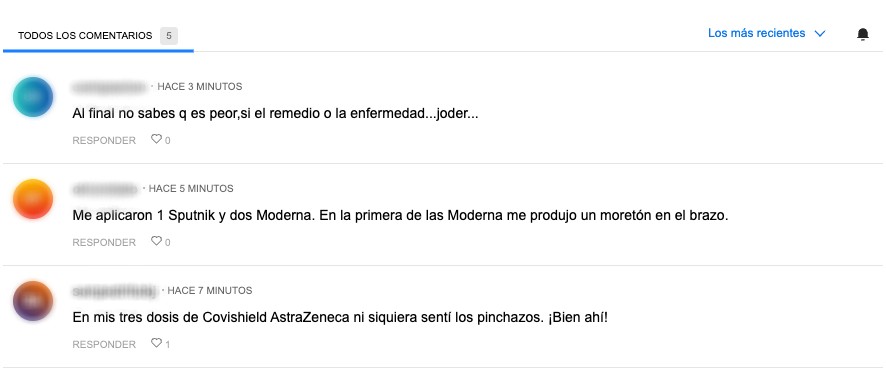La Provence, the news website covering the latest in politics, lifestyle, and sports for the French regions of Marseille, Aix, Avignon, Vaucluse and Alpes, has partnered with Viafoura to launch the Conversations solution on its platform. While enhancing comment moderation and data-gathering at La Provence, Conversations allows the media brand’s community to follow authors and topics, while enabling browser pushes, custom badges and comment counters, as well as a carousel of trending conversations, so they can jump in on the hottest topics of the moment.
“The team at La Provence have created a beautiful experience on their website,” says Dalia Vainer, Viafoura’s Director of Customer Experience, “using comment counts and notification bells in the header that look sharp and are critical to increasing reader engagement.”
Comments had previously been handled in-house at La Provence, and its team wished to upgrade to an automated system with more functionalities, while gathering more first-party data.

“The goal was to be able to relaunch a quality comment section that’s peaceful and well supervised,” explains Mathieu Cochelin, Digital Director at Groupe La Provence, adding that Viafoura was chosen for its very responsive team. “They were able to meet our expectations in terms of functionality. They were also able to understand our various constraints and help us find solutions.”
Cochelin is excited about the improved community experience, enriched by a wide array of new interactive features, and applauds Viafoura’s implementation at an ideal weekly rhythm.
Looking ahead, Cochelin says, “we anticipate increased user acquisition, increased engagement, and increased time-on-page, as well as improved moderation.”

















